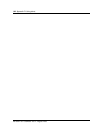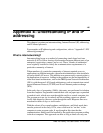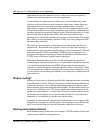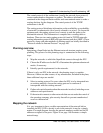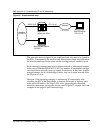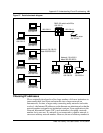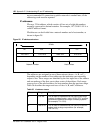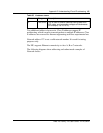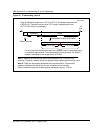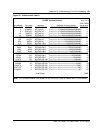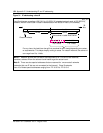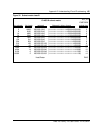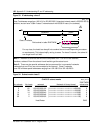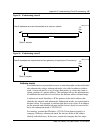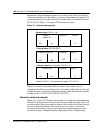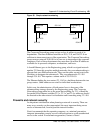
152 Appendix E: Understanding IP and IP addressing
297-8991-910 Standard 03.01 August 1999
Figure 29 IP addressing: class A
| |
724
32
networkid hostid
bits
|
hostid
bits
bits
1 bit
2 to 22 bits
For any class, the hostid can be split into a subnet id and a hostid depending
on customer requirements. This helps simplify routing to areas. For class A
Class A indicator
| ||
subnet id
Field subnet in table IPNETWRK
| |
|
2 to 22 bits
Note 1:
Network ids and host ids which are comprised of all 1’s or all 0’s are .
network, the subnet id can range from 2 to 22 bits.
reserved. Therefore, subtract 2 from the subnet id and hostid to get the actual count.
Note 2:
There are also special addresses that are reserved for ‘unconnected’
Class A networks have one of these special addresses; namely 10.0.0.0.
Class A addresses range from 1.X.X.X to 127.X.X.X (standard network mask
is 255.0.0.0). Therefore, we can have 127-2 class A networks each with
16,777,216-2 hosts (if no subnets).
0
networks (networks that use IP but are not connected to the Internet).
Base_Tel-9



